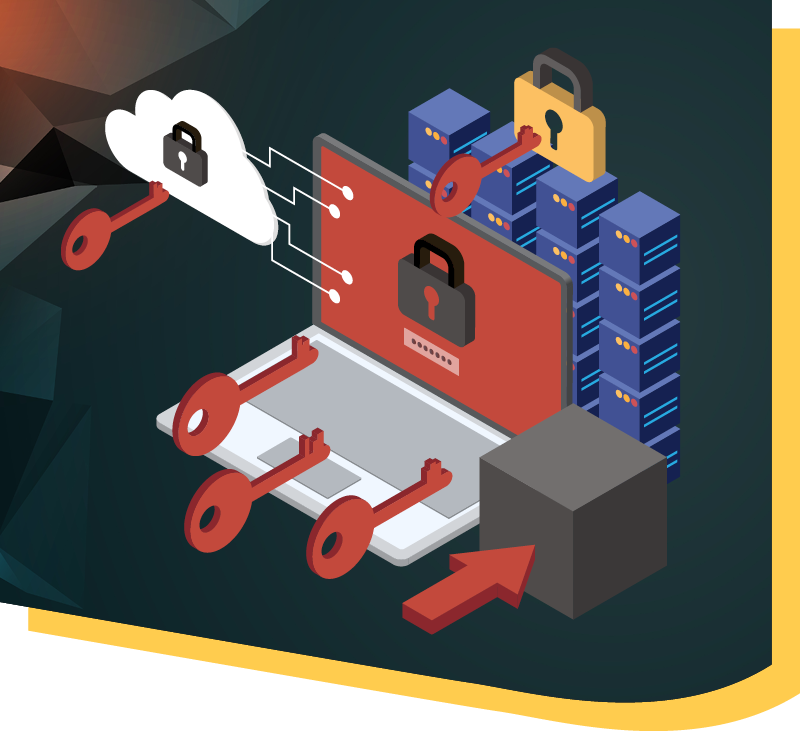Navigating the Critical Moments for Penetration Testing in IT Security
Harnessing Proactive Measures to Fortify Against Cyber Threats
Benefits of Pen Testing
Why Penetration Testing is Important for Cybersecurity
Penetration testing is a critical cybersecurity practice that proactively identifies and addresses system vulnerabilities. This hands-on approach pinpoints weaknesses ranging from software bugs to misconfigurations and ensures that an organization’s defensive tools and protocols function effectively.
By regularly conducting penetration tests, organizations can demonstrate compliance with various industry-specific security regulations, avoiding potential fines and reputational damage. Furthermore, the insights gained from these tests are invaluable for fostering a security-conscious culture within the organization, emphasizing the importance of awareness and continuous training among all staff members.


ONE 2 ONE Pen Testing: Strengthening Cybersecurity
ONE 2 ONE penetration testing, commonly called “Pen Testing,” is a proactive and authorized cybersecurity practice that simulates real-world cyberattacks on an organization’s IT infrastructure, systems, applications, and network to identify vulnerabilities and weaknesses. The primary objective of penetration testing is to assess an organization’s security posture and identify potential security risks before malicious hackers can exploit them.
Overall, penetration testing is essential to a comprehensive cybersecurity strategy, providing organizations with valuable insights into their security vulnerabilities and helping them strengthen their defenses against evolving cyber threats.
When to Consider Pen Testing
The Importance & Timing of Penetration Testing in Cybersecurity
Pen testing is an invaluable tool in cybersecurity. Companies utilize this proactive approach to simulate real-world cyberattacks, aiming to pinpoint vulnerabilities in their IT infrastructure, systems, and applications. The goal is to understand and mend potential security risks before they become an avenue for malicious hackers.
Companies should be particularly mindful of critical triggers when considering the optimal timing for such tests. Implementing or modifying systems is a prime time, as pre and post-system changes can introduce new vulnerabilities. Ensuring that any adjustments haven’t inadvertently weakened the security landscape is crucial.
Furthermore, after a security breach or incident, it’s imperative to conduct a pen test. This helps in understanding the nature of the breach and ensures that no similar vulnerabilities remain. This post-incident assessment can prove instrumental in preventing future security compromises.
Lastly, beyond specific triggers, companies should embed penetration testing into their regular security protocols. Regularly scheduled tests, such as annually, serve as a preventative measure, keeping an organization ahead of ever-evolving cyber threats.

Strategic Timing for Optimal Penetration Testing in Cybersecurity
Balancing Proactive Defense with System Changes and Incident Responses
